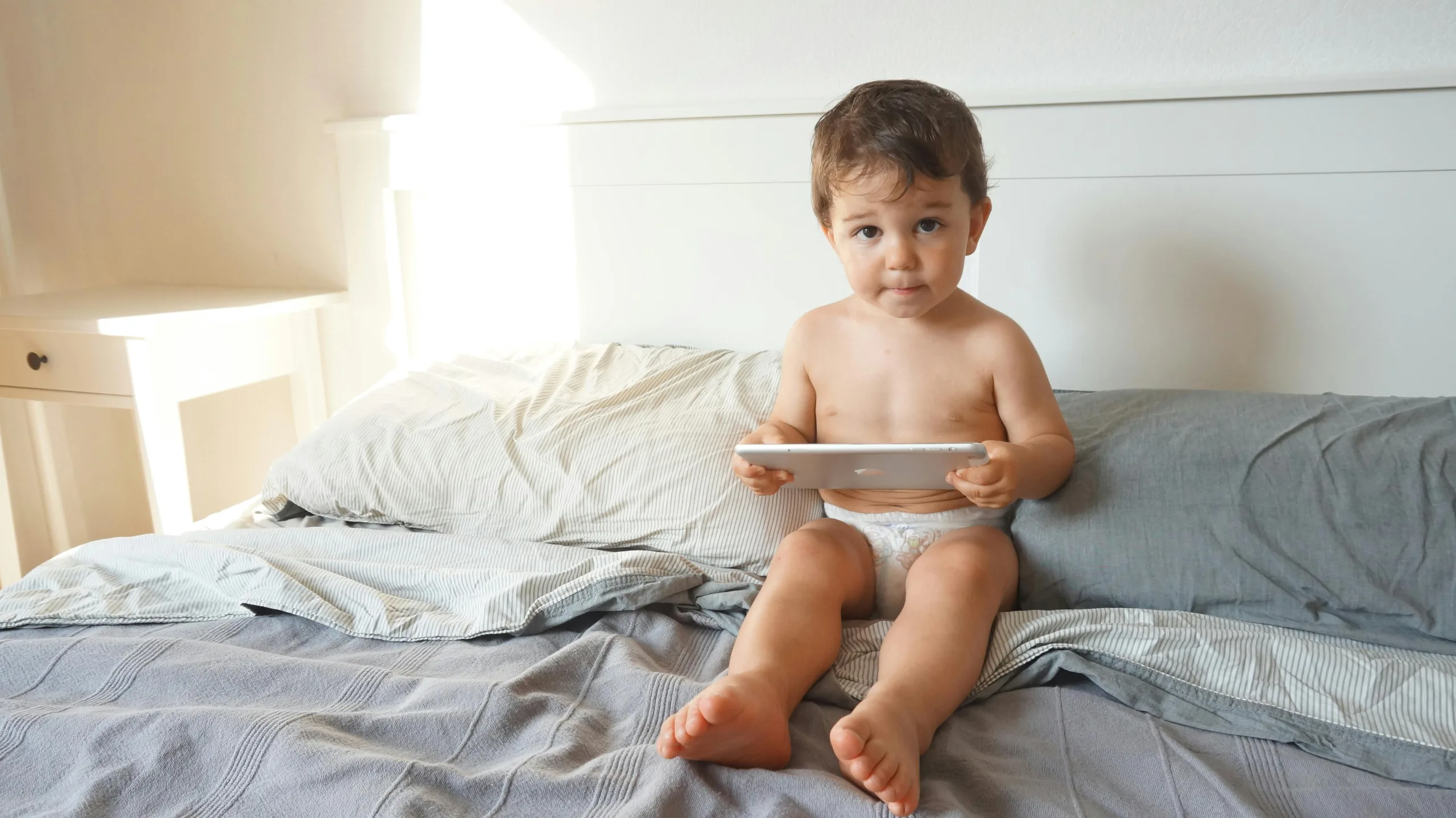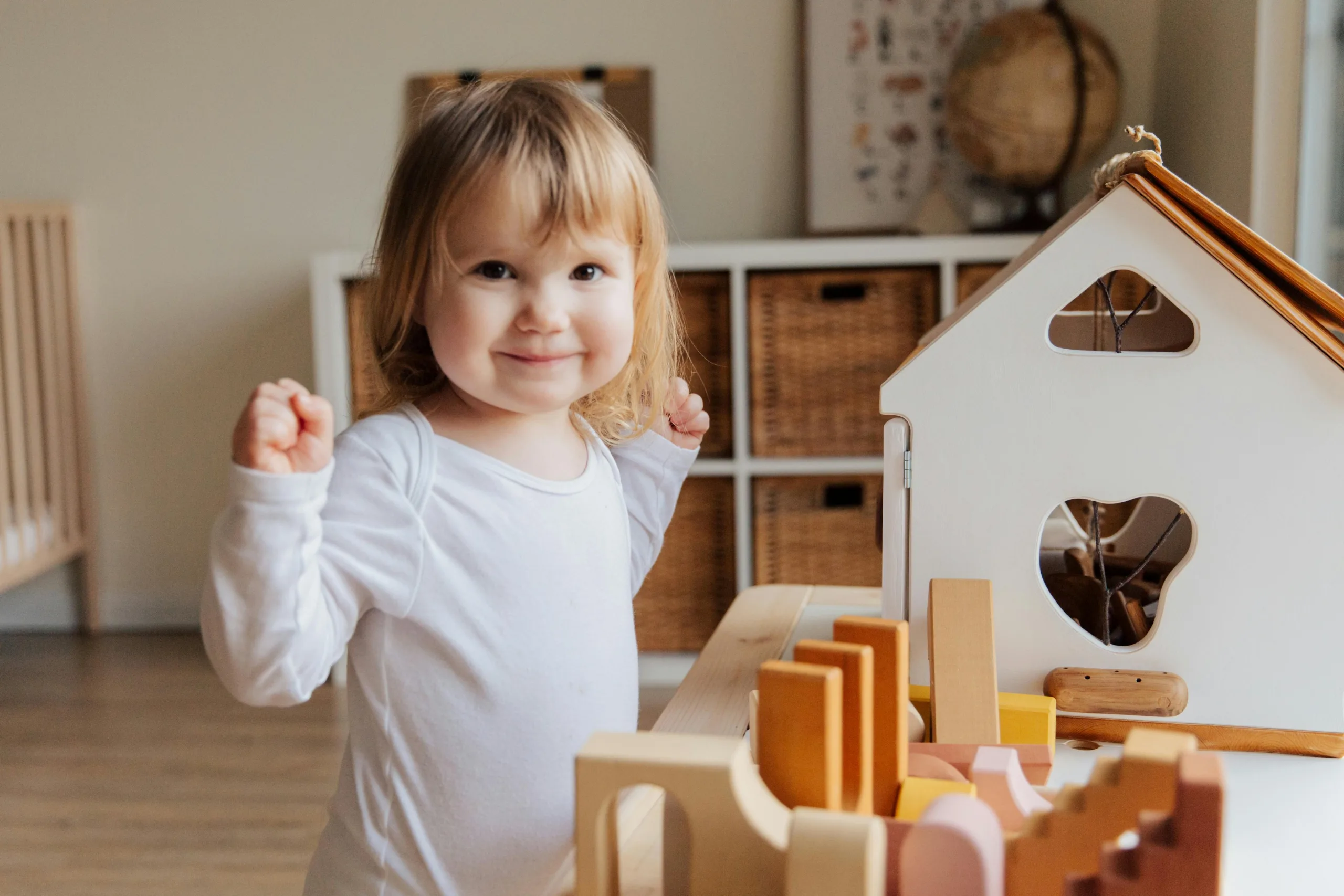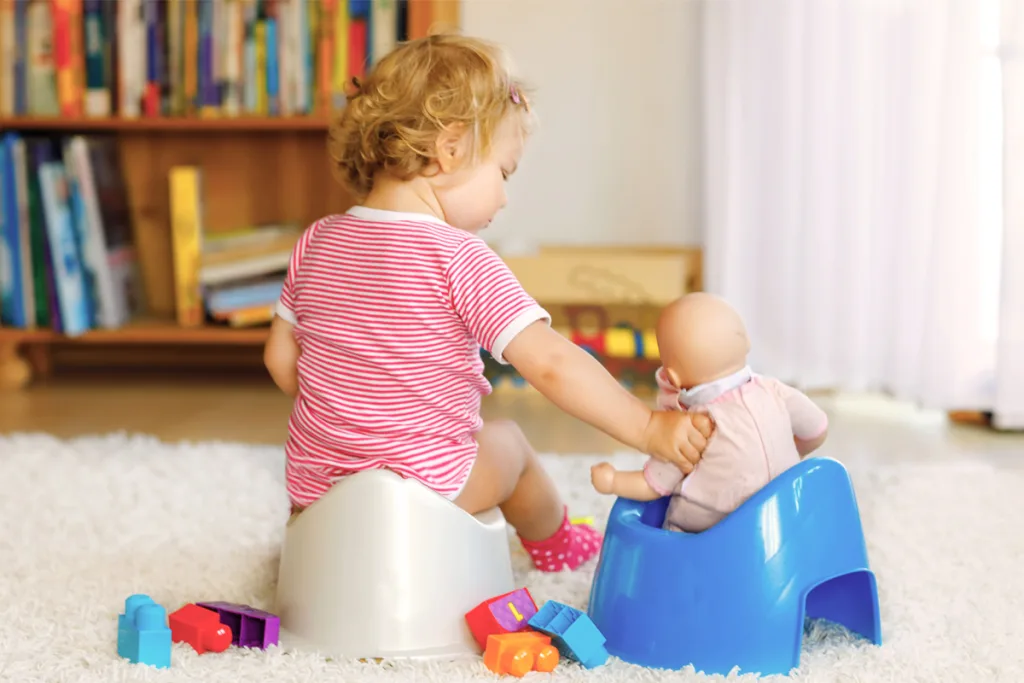Potty training is a significant milestone for both you and your child, marking an important step toward independence. However, it can also feel overwhelming, and that’s perfectly normal. Many parents wonder if they’re starting too early, too late, or if they’re following the “right” steps. However, every child is unique, and staying positive and patient will go a long way. In this potty training guide, we’ll explain when to train and provide key potty training steps to help make the process easier, set you and your child up for success, and keep the experience positive.
When to Potty Train: Is Your Child Ready?
There’s no universal “right age” for potty training, but several signs can help you determine if your child is ready to start. Pay attention to your toddler’s cues and behaviors; they often provide the best readiness indicators.
Some general signs of readiness include:
- Staying dry for longer periods: One of the most telling signs that your child is ready to begin potty training is their ability to stay dry for longer periods. Most children develop the physical ability to hold their bladder around 18 to 24 months. If your child can stay dry for at least two hours during the day or wakes up from naps with a dry diaper, it’s a sign that their bladder control is developing and they are learning to recognize the sensation of needing to go.
- Following simple instructions: Potty training requires some basic understanding and cooperation from your child, which means being able to follow simple instructions is crucial. For example, your child will need to understand and respond to cues like “Let’s go to the potty” or “Pull down your pants.”
- Discomfort with soiled diapers: Children ready for potty training often show discomfort when they have a wet or soiled diaper. This may manifest as your toddler tugging at their diaper, complaining, or coming to you for a change.
- Communicating bathroom needs: Verbal or nonverbal communication about needing to go to the bathroom is a key readiness sign. If your child says, “I need to go potty,” or lets you know after they have wet their diaper, it shows that they are beginning to recognize the feeling of needing to go.
- Showing interest in using the toilet: Curiosity or observing others use the toilet is often an early sign that your child may be ready for potty training. This interest may involve following family members to the bathroom, wanting to flush the toilet, or asking to sit on the potty chair.
Most children are ready to start potty training between 18 and 30 months, although some may show signs earlier or later. So, if potty training at 18 months feels right for you, go for it. Conversely, if your child doesn’t seem ready until 3 or 4 years old, that’s ok too. Remember, there’s no one-size-fits-all timeline; the most important thing is to start when your child seems ready and willing.

Get Started With These Potty Training Steps
If you want to know how to potty train without putting undue pressure on your child, follow these potty training steps:
Step 1: Introduce the Concept
Begin by explaining the purpose of the potty in a way your child can understand. Let them observe family members using the toilet and show them their own potty chairs. Normalizing the concept without pressure helps your toddler naturally adjust to potty training.
Step 2: Create a Potty Training Schedule
Establish a consistent potty training schedule. Encourage your child to sit on the potty at regular intervals—after meals, before naps, and whenever they indicate a need to go. The key is to make this a routine part of your day without forcing the process.
Step 3: Use Positive Reinforcement
Celebrate every achievement, big or small. Praise your child when they attempt to use the potty or succeed, and consider offering small rewards like stickers. Avoid punishing accidents while keeping the atmosphere positive and encouraging, helping your toddler feel motivated and confident.
Step 4: Say Bye-Bye to Diapers
When your child consistently succeeds, it may be time to transition to training pants or underwear. This step is exciting for many toddlers, as it makes them feel like “big kids.” Training pants still protect against accidents while helping your child understand the sensation of being wet or dry.
Step 5: Handle Setbacks Gracefully
It’s common for children to experience setbacks or accidents during potty training. If this happens, stay calm and supportive. Gentle reminders are more effective than frustration, and it’s okay to take a break if your child seems to need more time.
Step 6: Prepare for Nighttime Training
Nighttime training can take months, and that’s perfectly normal. Be patient, and don’t rush this stage. Some children aren’t consistently dry at night until they’re 5 or 6 years old, so take your time.
Should You Use a Toddler Potty Training Method?
While the steps outlined above can provide a strong foundation, many parents choose to incorporate specific potty training methods to fit their child’s needs and personality. Here’s how to start potty training with the no pants, gradual, and child-led methods:
- No Pants Method: The No Pants Method, also known as “bare-bottom” training, involves letting your child go without pants (and often without a diaper) while at home. The main idea behind this approach is to make your child more aware of their body’s signals and to respond quickly to the urge to go.
- Gradual Method: The Gradual Method, also called the “3-stage” method, focuses on slowly transitioning your child from diapers to being fully potty trained by introducing intermediate steps, such as training pants or pull-ups, before moving to regular underwear. Child-Led or Elimination Communication: If you’re wondering how to start potty training early, the Child-Led approach, also known as Elimination Communication (EC) may be the right choice. This method is about observing and responding to your child’s natural cues and signals when they need to go to the bathroom. This method emphasizes following your child’s lead and adapting to their natural rhythms, encouraging early awareness of bodily functions.
No matter your chosen approach, the goal is to make the process stress-free and encouraging.

Enlist the Aid of Au Pair
Whether potty training an 18 month old or 4-year-old, potty training can be a team effort, and having an Au Pair as part of your family provides additional support and encouragement. Au pairs are equipped to follow through with your potty training plan, consistently reinforcing schedules, routines, and positive reinforcement. If you’re ready to add a supportive caregiver to your household, consider finding an Au Pair who can assist with caring for your toddler, including potty training.
Ready for support with potty training and other milestones? With an Au Pair, you gain a reliable caregiver who can help your child through every stage. Start your journey today and find an Au Pair who fits your family’s needs. Find an Au Pair now.



